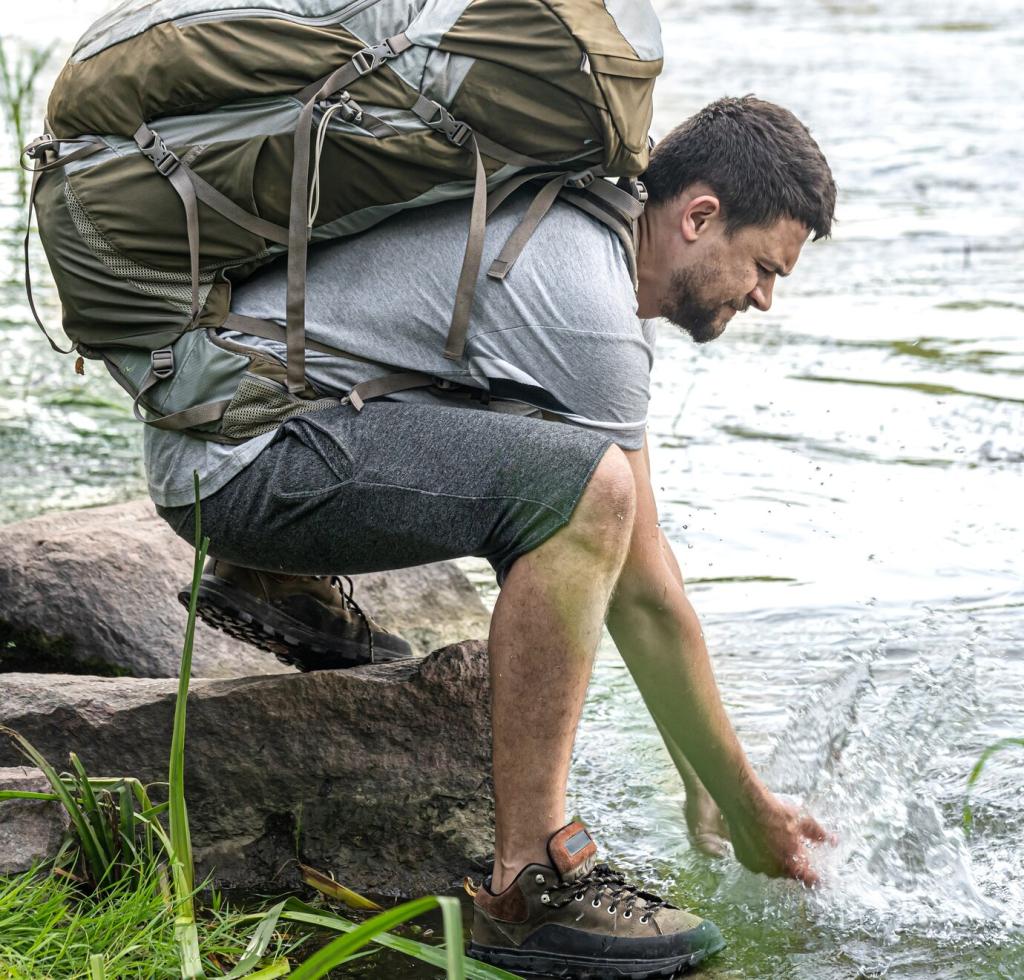Weather Forecasting for Hikers: What to Watch For
Today’s chosen theme: Weather Forecasting for Hikers: What to Watch For. Step onto the trail with clearer skies in your mind and sharper instincts in your pack. Learn the signs, trust your senses, and hike smarter—not just farther. Share your own weather wins and near-misses, and subscribe for more trail-savvy insights.
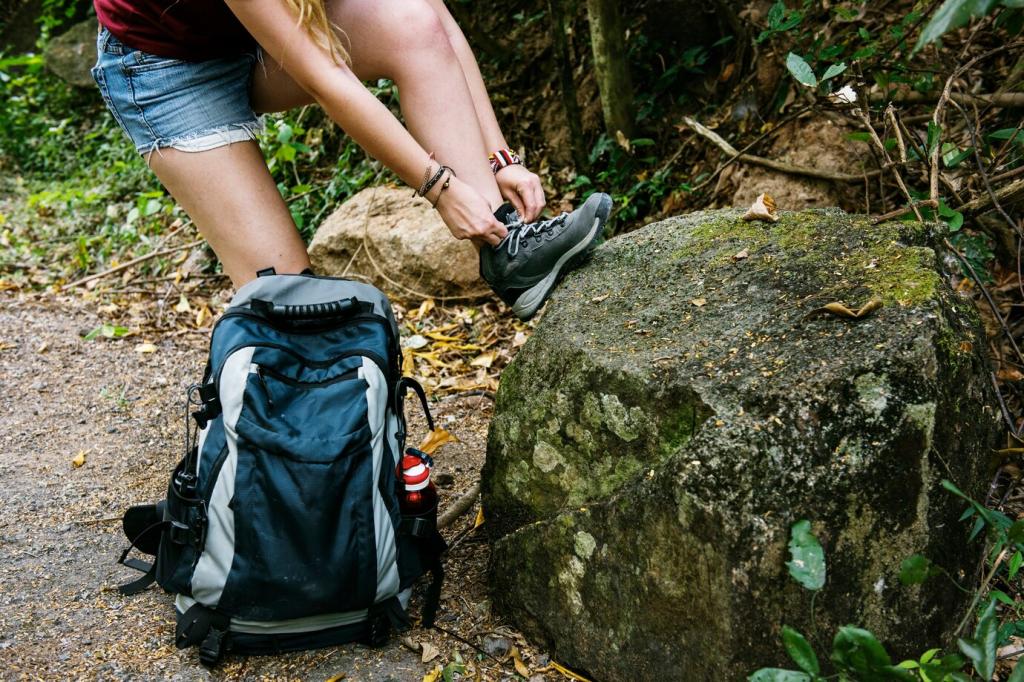
Reading the Sky: Cloud Stories Above the Trail
Thin, milky cirrus streaks often arrive a day before a front, especially when they thicken into cirrostratus with a halo around the sun. That halo means moisture aloft—usually a clue that precipitation may be coming within twenty-four hours.


Reading the Sky: Cloud Stories Above the Trail
Small morning cumulus can transform into towering cauliflower clouds by afternoon when surface heating fuels instability. Watch for crisp, darkening bases and rapid vertical growth; those details frequently precede thunderstorms, gust fronts, and sudden temperature drops along ridgelines.
Pressure, Wind, and Temperature: Feel the Field Signs
Pressure Falls You Can Sense
Rapidly falling pressure can bring headaches, joint aches, and a sense of heaviness, especially before a vigorous front. Pair that sensation with thickening clouds and a tightening breeze, and you have a practical cue to adjust pace and timing.
Wind Shifts That Signal Fronts
A noticeable wind shift—say, southerly to westerly with cooler air—often marks a frontal passage. Listen for tree canopy changes and watch grass streamers. The shift’s timing helps you decide whether to push for camp or hunker down.
Dew Point, Humidity, and Fog
When evening temps approach the dew point, fog forms in valleys and over lakes, hiding blazes and cairns. Damp air also accelerates chill. Anticipate slick roots and rocks, and plan earlier camp setups to keep gear dry and spirits high.
Reflectivity shows precipitation intensity; velocity reveals wind within storms. Look for bowing segments suggesting strong outflow and fast-moving cells that could overtake ridgelines. If morning scans show training echoes, expect prolonged rain and rising creek crossings on narrow trails.
Radar, Satellite, and Apps: Modern Tools, Trail-Smart Use
Microclimates and Terrain: When the Mountain Makes Weather
Cool air pools in basins overnight, trapping fog while ridges bask in sun. Expect slick, hidden obstacles and muffled sounds. Climb gradually to break through the inversion, and remember that descending later can drop you back into chilly dampness.
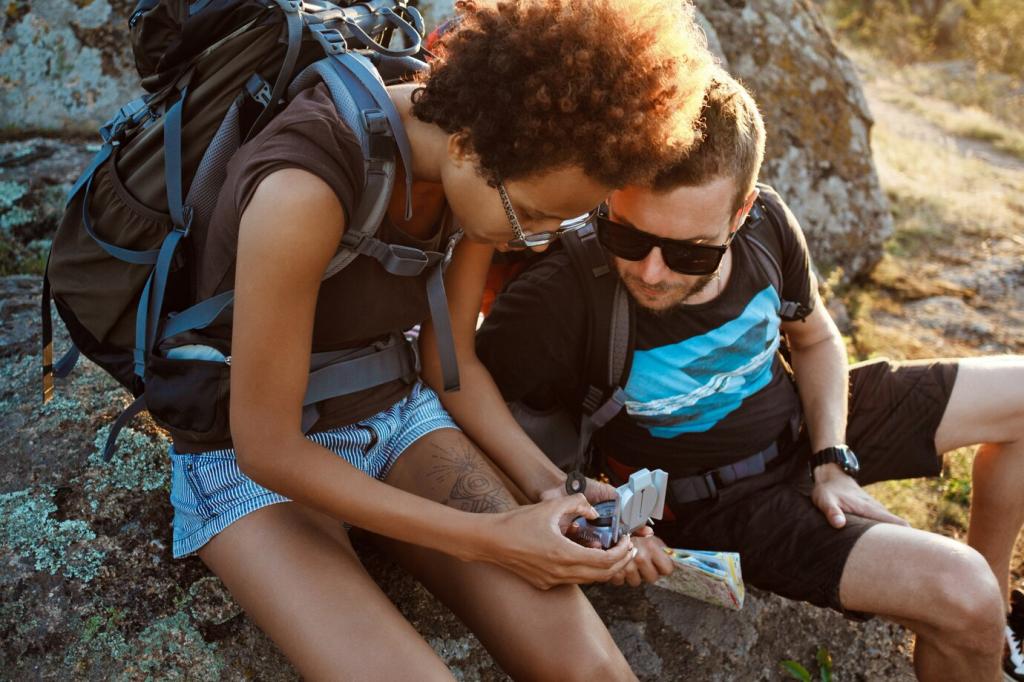

Microclimates and Terrain: When the Mountain Makes Weather
Windward slopes wring moisture into frequent drizzle, while leeward sides can stay surprisingly dry yet gusty. Crossing a crest can instantly change visibility and temperature. Anticipate these shifts to choose safer lunch spots and maintain warmth during prolonged stops.
Seasonal and Regional Patterns: Timing Matters
From July to September, moisture surges bring daily buildups and lightning. Clear mornings tempt ambitious routes, but storms often peak midafternoon. Plan early starts, watch cloud bases darken, and retreat from exposed ridges before thunder speaks across desert sky.
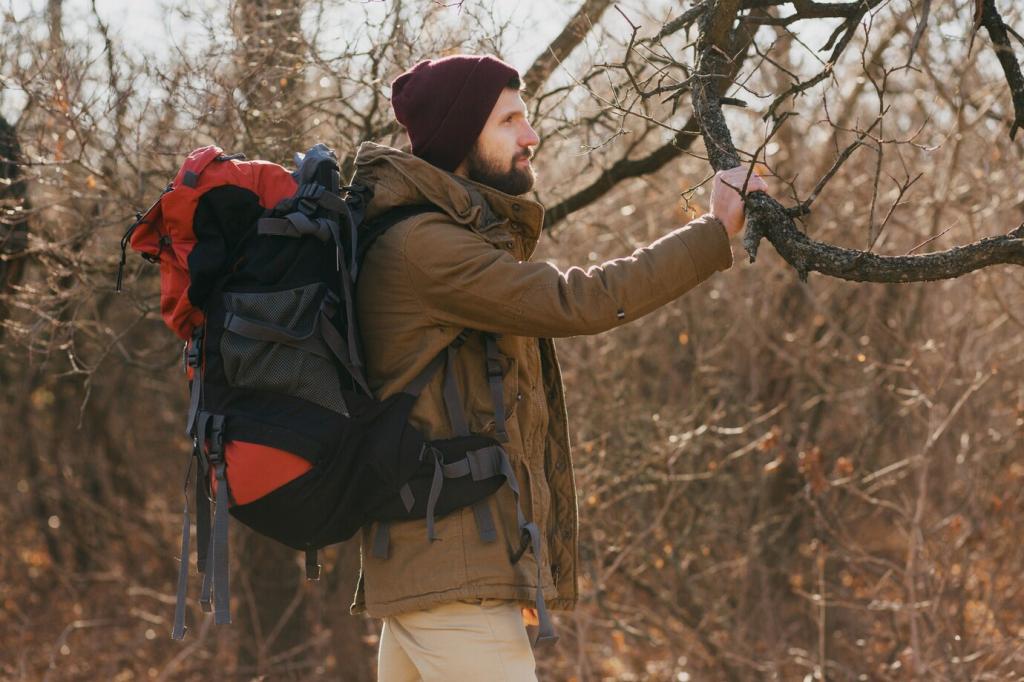
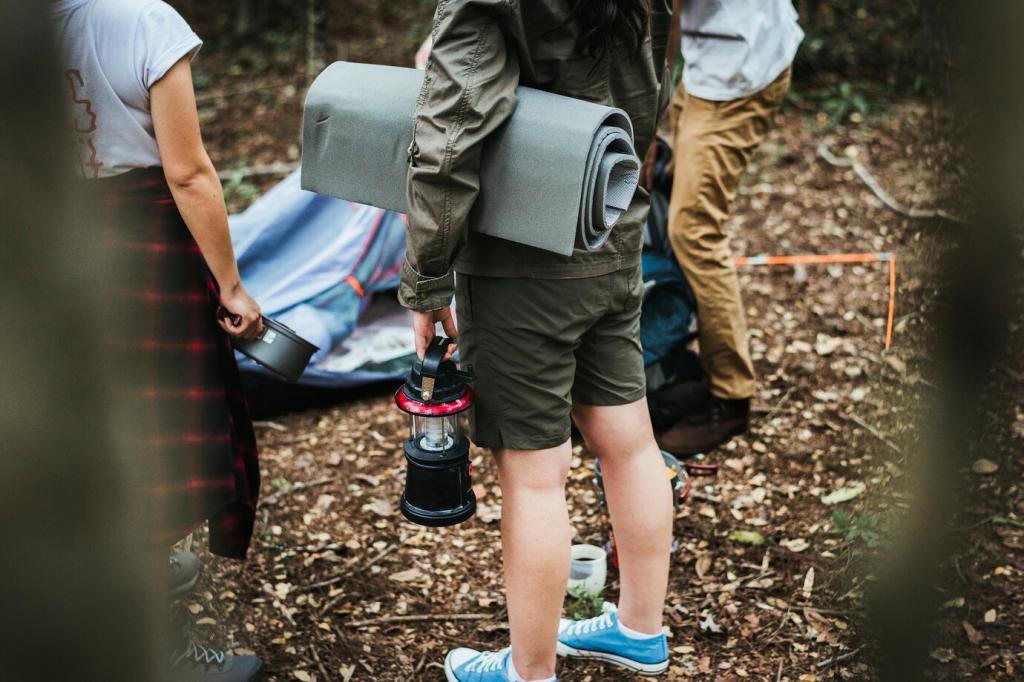
Risk Management and Safety: Choosing When to Turn Back
If the time between flash and thunder is thirty seconds or less, seek safer terrain immediately, then wait thirty minutes after the last rumble. Avoid lone trees, ridgelines, and cave mouths. Spread out your group to reduce strike risk.
Risk Management and Safety: Choosing When to Turn Back
Even in summer, wind plus rain strips heat fast. Cotton chills, while saturated down collapses. Prioritize waterproof layers, dry gloves, and warm hats. If shivering begins despite movement, stop, shelter, and escalate warmth before decision-making gets foggy.
Trail-Ready Planning Checklist: Forecast First, Steps Second
Compare two to three days of model runs and hourly charts. Are pops and totals rising? Are winds trending stronger? Consistent signals deserve respect. If uncertainty grows, pick conservative objectives with bailouts clearly marked on your map.
